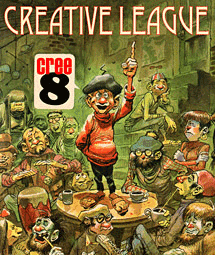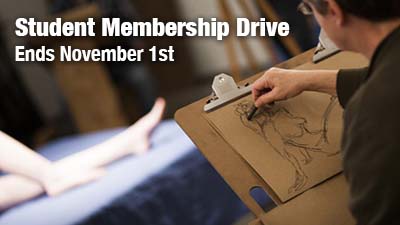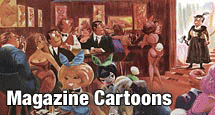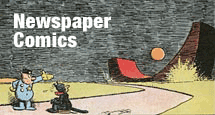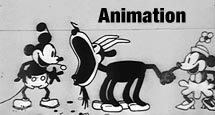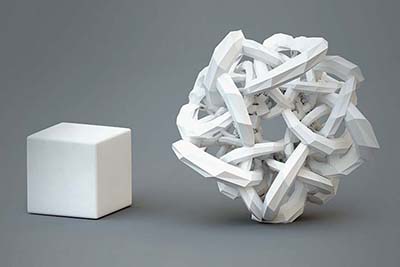
We had a question from a Facebook follower… It was in reference to the motion studies Nicholas John Pozega has been posting every day… “What kind of relevance do the the motion and principles of cartoons like Popeye and Mickey Mouse hold to contemporary cartoons or cartoons with more realistic designs with anatomy and different styles of motion?”
That is an excellent question, and it goes to the heart of how we as human beings learn.
When you start out to master any difficult skill, you should learn it in a progression from simple to more complex. If you try to juggle too many complexities when you are just starting out, you end up making a high splat on the wall and you end up learning nothing.
The great jazz pianist Bill Evans discusses this idea in relation to musical improvisation in this video. Please watch this video before reading further. Don’t just skip by this video. It’s very important to what I am trying to explain here, and it gives an astoundingly clear demonstration of this particular principle in practice…
Bill Evans: The Creative Process and Self Teaching
https://www.youtube.com/watch?v=5MSCReTIeH8
When you begin to play a musical instrument, you start with scales. You don’t start out playing Bach or Liszt. Animation is no different. Drawing volumetrically and solidly is difficult. Drawing a complex realistic human form volumetrically and solidly is extremely difficult. Animating a realistic human form volumetrically and solidly is completely impossible for someone just beginning to develop their animation skills.
The animators who created Snow White and Pinocchio all started animating in the rubber hose style. Using simple forms allowed them to focus on learning how to convey the spirit of a walk cycle or express personality through rhythms, gestures and expressions. The simplicity of the model allowed them to refine and perfect their basic principles… line of action, clear silhouettes, control of volumes in space, appealing proportions… without having to add the compounding difficulty of complex planes, anatomy, musculature and turning highly organic shapes in three dimensions.
When you have learned the principles one by one through experimentation and practice using simple forms, you can begin to add complexity a little at a time, and over a period of years, perhaps you will have the experience and understanding to attempt to animate a realistic human form. Milt Kahl and Mark Davis weren’t born with the experience and draftsmanship to be able to animate realistic human characters the way they animated them in Sleeping Beauty… They worked their way up to it by animating characters with more basic shapes and built their chops. They animated rubber hose characters. And the rubber hose animation in the early 30s Mickey Mouse and Popeye cartoons is drop dead brilliant. If you can’t see the genius in the Popeye walk cycles Nicholas has been posting, go back and look at them again and analyze them for the principles of motion, posing and staging they embody. I bet you’ll find that you were looking at the surface level- the model of the character- and not even considering the way it’s posed and animated.
Students are always impatient and they want everything now. That’s only natural But if you allow your impatience to prevent you from learning in a logical, orderly progression, your impatience can cripple you. Keep your eye on the ultimate goal, but keep putting just one foot in front of the other until you get there.
Back To School Days At Animation Resources
Fall is time to join Animation Resources as a student member. Annual dues for full time students and educators is discounted. It’s the biggest bargain in animation at only $70 a year. Animation School is great, but it doesn’t give you everything you need to become a professional animator. You need to invest in self-study to be successful in this highly competitive field. That’s exactly what Animation Resources can help you do if you become a member. Each day we’ll be highlighting more reasons why you should join Animation Resources. Bookmark us and check back every day.
There’s no better way to feed your creativity than to be a member of Animation Resources. Every other month, we share a Reference Pack that is chock full of downloadable e-books and still framable videos designed to expand your horizons and blow your mind, as well as educational podcasts and seminars. It’s easy to join. Just click on this link and you can sign up right now online.
https://animationresources.org/membership/levels/
FREE SAMPLES!![]()
Not Convinced Yet? Check out this SAMPLE REFERENCE PACK! It will give you a taste of what Animation Resources members get to download every other month!
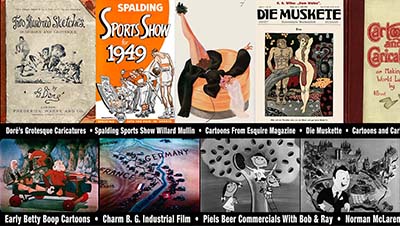
JOIN NOW! https://animationresources.org/membership/levels/





